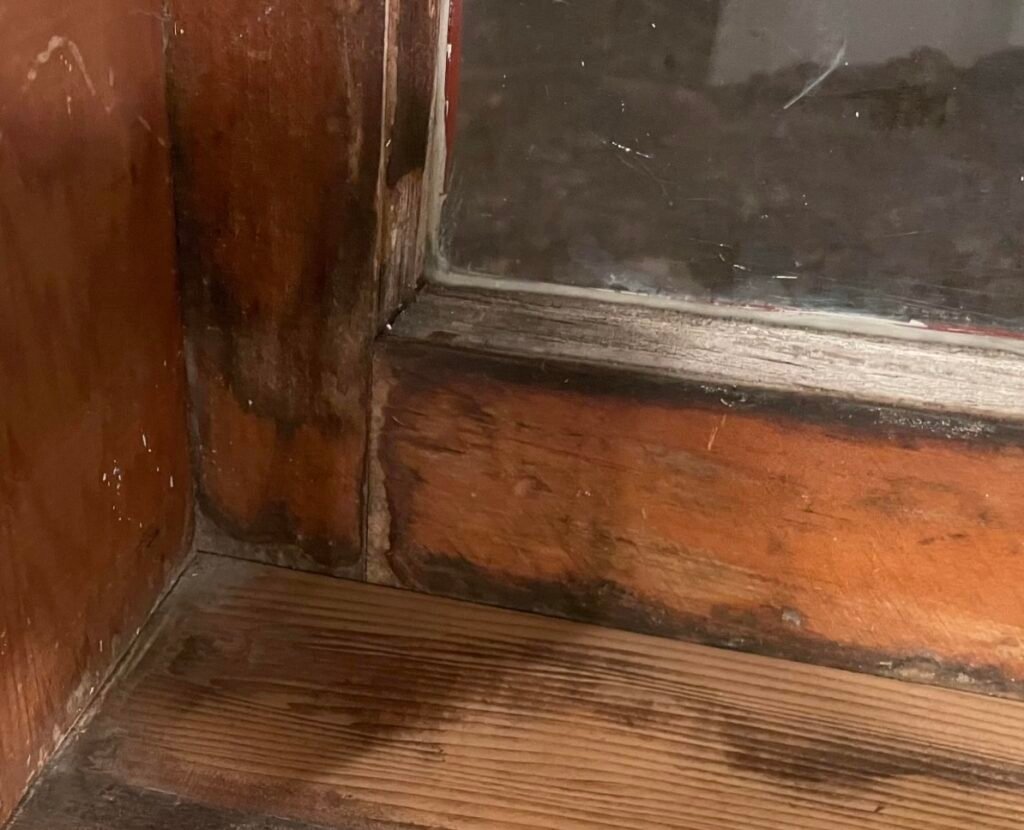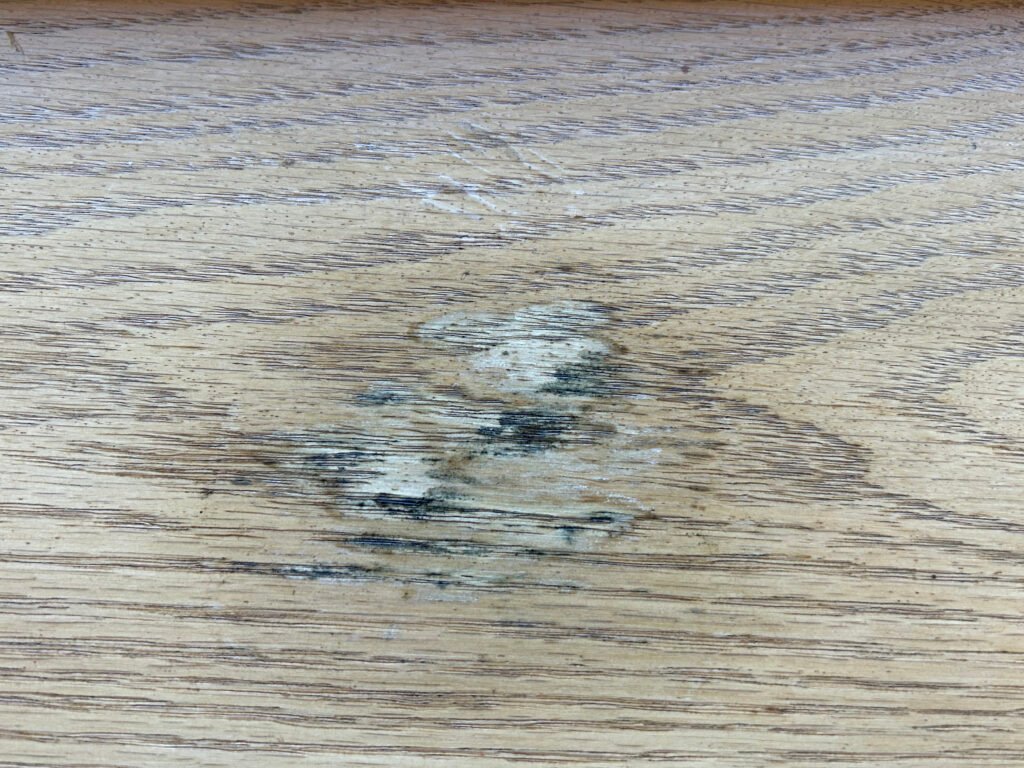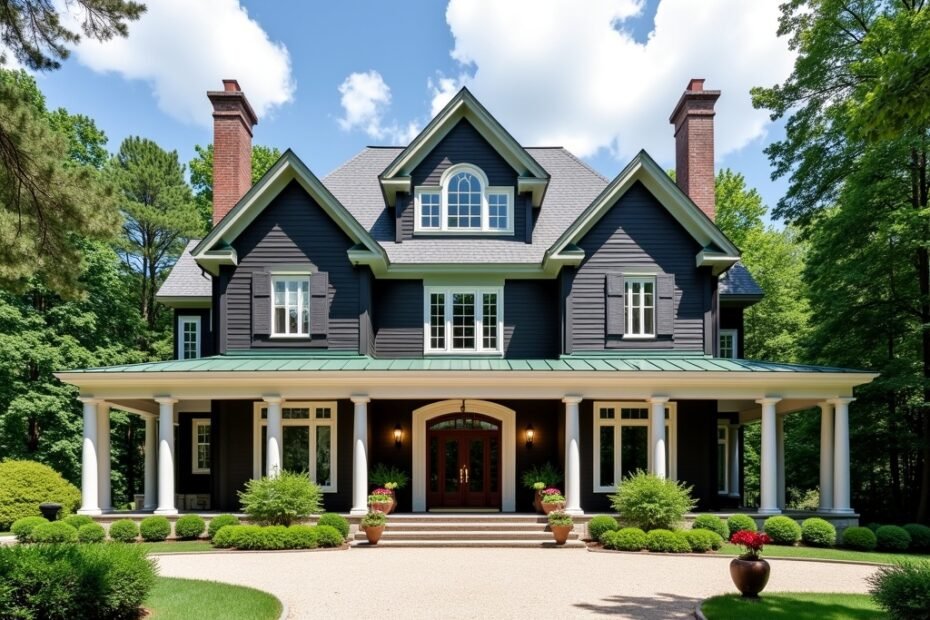
It can be difficult to figure out whether or not a window sash can be restored or if it warrants being replaced. This is also not taking into account whether or not the window frame needs to be replaced or restored.
Expect to pay between $300 and $550 per window.
If your window has multiple divided lites, the cost can go up if the restoration involves replacing broken or missing muntins and replacing glass. A muntin refers to the wood that separates each individual pane of glass.
Damage to the corners of the sash frame can make replacement the more logical solution as epoxy filler and other types of composite fillers can work well in areas that are not a structural joint but should not be used if the mortise and tenon failed.
Average Pricing
| Number of Windows | Average Cost |
|---|---|
| 2 | $600–$900 |
| 5 | $1,700–$2,100 |
| 8 | $2,800–$3,300 |
| 16 | $5,400–$6,600 |
| 25 | $8,000–$11,000 |
Factors that can influence the cost of window restoration:
Some windows have the exterior painted and the interior as exposed wood with a clear finish. If there is rot that has gone into the inside of a window that is exposed wood, it will make restoration more difficult. If the owner wants to wood back to its pristine condition, it may not be possible and a replacement would be warranted.

Oxylic Acid: Most Common Treatment
Oxalic acid is the most common and effective for water stains and black spots (especially from iron and tannin reactions).
While products such as Starbrite Teak Brightener can work to bring back oxided and discolored woods back to their former color, sometimes this is not enough to get rid of the discoloration caused by water damage. Starbrite Teak Brightener is not made just for Teak as the name implies and uses the active ingredient oxylic acid to remove dark stains and oxidation. A stronger concentration of oxylic acid can be used on stubborn water stains and oxidation.
Works differently with different wood species, the effectiveness has a lot to do with the amount of tanins present in the wood. However, it should be noted that although a particular species is know to react well to oxylic acid treatment, I have experienced cases where even multiple treatments were not able to restore the wood's natural color, and more aggressive sanding was needed.
Here's how oxalic acid interacts with Pine, Oak, Teak, and Maple:
1. Pine
- Effectiveness: Good
- Reason: Pine, being relatively low in tannins, often develops gray or black stains (especially due to moisture or nails). Oxalic acid effectively removes these dark stains and returns pine to a brighter, natural appearance.
- Application Tips: Typically very effective, but the wood may require a couple of treatments for deeply set stains.
2. Oak
- Effectiveness: Excellent
- Reason: Oak is rich in tannins and prone to black iron stains and tannin discoloration. Oxalic acid chemically neutralizes and dissolves these iron-based tannins, significantly brightening the wood and restoring its natural, even tone.
- Application Tips: Because oak’s tannins react strongly with oxalic acid, results are often dramatic after a single treatment.

3. Teak
- Effectiveness: Moderate to Good
- Reason: Teak has high natural oil content and can become grayish or unevenly discolored over time. Oxalic acid helps remove the surface discoloration caused by weathering, restoring the wood’s original color and appearance.
- Application Tips: Due to teak’s oiliness, cleaning first with a wood cleaner or degreaser before oxalic acid application improves effectiveness.
4. Maple
- Effectiveness: Good, with Caution
- Reason: Maple is relatively low in tannins, but susceptible to blotchy discoloration, iron stains from fasteners, or water damage. Oxalic acid removes these stains well, brightening maple considerably.
- Application Tips: Maple can react unpredictably due to density variations, so consistent, even application and thorough rinsing afterward are important to prevent blotchiness.
Other Chemical Treatments
Here are other chemicals and treatments that can also help, depending on the situation:
1. Chlorine Bleach (Sodium Hypochlorite)
- Best for: Removing general discoloration, mildew, mold, or organic stains.
- Not great for: Iron/tannin black stains (doesn’t neutralize them).
- Usage: Dilute with water (typically 1:1), apply with brush, rinse well.
- Caution: Can raise the grain and lighten the wood color overall—not selective.
2. Two-Part Wood Bleach (A/B Bleach or Peroxide Bleach)
- Contains:
- Part A: Sodium Hydroxide (lye)
- Part B: Hydrogen Peroxide (30–40%)
- Best for: Deep uniform lightening, sun damage, and dark stains.
- Not great for: Spot treatment—it bleaches the entire surface uniformly.
- Caution: Strong stuff—use gloves and eye protection, and ventilate well.
3. Hydrogen Peroxide (by itself)
- Best for: Mild dark stains, mold, and light water damage.
- Usage: Use 3% for light treatment, 12–40% for deeper bleaching.
- Safer alternative to two-part bleach for small repairs.
4. TSP (Trisodium Phosphate)
- Best for: Mild water stains, smoke damage, or grease.
- Usage: Mixed with warm water; scrub with a brush, rinse thoroughly.
- Note: It's more of a cleaner than a bleach—won’t bleach out deep black spots.
5. Acetic Acid (Vinegar) + Hydrogen Peroxide Combo
- Best for: Black iron stains caused by tannin reaction (e.g., oak).
- How: Apply white vinegar first to neutralize iron, then peroxide to bleach.
- DIY-friendly, but slower acting than oxalic acid.
6. Lime Juice + Baking Soda Paste (Home Remedy)
Great for furniture touch-ups, but not heavy-duty.
Best for: Light surface water rings or stains.
How: Rub gently into surface, let sit, then wipe clean.
Glazing: What Does It Mean?
Glazing refers to the glass of a window but oftentimes this term can be used as an action verb to describe the process of securing glass with glazing putty, or re-glazing a window.
Some windows however, use wood trim on the exterior of the window as well and rely on an adhesive caulk to seal the glass and trim. This is less commonly seen but is still a relatively common thing to run into.
The process of restoring glazing involves removing the old glazing puty with a heat gun and scraper and reapplying new glazing putty to be painted. If old glass or a muntin bar needs to be removed, this can lead to glass breaking which will also affect the cost.
Cost For Glass:
| Glass (per square foot) | Price |
|---|---|
| Tempered | $13.75 |
| ¼” Low-e Laminated | $30.75 |
| 3mm Restoration | $22.50 |
| UV | $30.75 |
Restoration and Replacement Considerations
Whether you plan on doing the restoration yourself or having a professional do it, expect to have the windows covered with plywood for the duration of the project. Depending on your particular circumstances, you could consider doing the windows in batches if there are many that will need to be done. This way, you do not need to sacrifice having multiple windows unusable for the duration of the project.
We offer a guide on how to measure the size of your window sash for replacement here. If you don't feel confident enough to do the measuring, we can walk you through the process. If you are local to the area of San Luis Obispo, and Santa Barbera, we can come out to do measurements for a replacement or remove the old sash for restoration.
for windows over 50 years old—without even considering additional expenses like replacing rotted frames. Historic homes may have specific restoration guidelines, which can significantly increase costs, sometimes doubling or tripling them. The type of material used also impacts expenses; some materials are simpler to restore, while others may need specialized chemical treatments. Lastly, unique or intricate window designs demand extra attention and care, as replacing them can be exceptionally costly if they're damaged.
